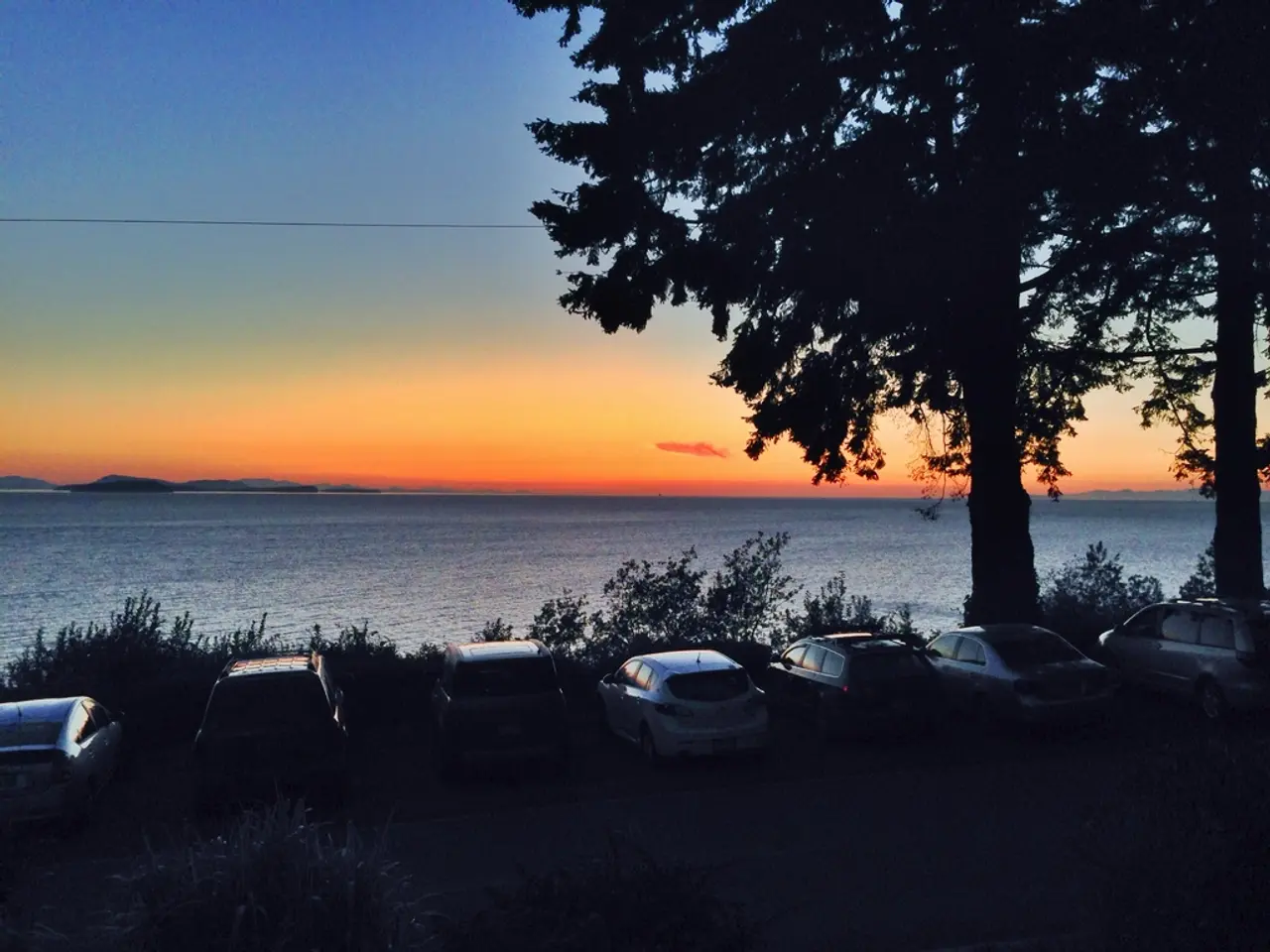Top Picks for Outdoor Bonsai Trees Suitable for Novices
For those new to the world of bonsai, selecting the right species for your climate zone is essential for success. Here are expert-recommended choices for different climates, each with key characteristics and care tips.
In cold regions, Juniper (Juniperus genus) is a top pick. Hardy and frost-tolerant, these bonsai can withstand temperatures as low as 10°F (-12°C). They require winter protection if extreme cold occurs, but their robust nature makes them suitable for beginners. Popular species include Chinese juniper and common juniper, and they respond well to pruning.
Chinese Elm (Ulmus parvifolia) is a versatile and hardy choice for temperate climates that experience seasonal variations. It can be grown indoors or outdoors, making it flexible for beginners unsure of climate constraints. The tree thrives with seasonal changes and adapts well.
Ficus (Ginseng ficus and other varieties) is ideal for warm or tropical climates due to their preference for warmth and humidity. They are highly forgiving, with flexible branches that wire easily, making them excellent for beginners focused on shaping and aesthetic growth.
By selecting species adapted to your local climate, beginners will experience fewer challenges and better success in growing outdoor bonsai trees. Juniper is the top choice for colder areas, Chinese Elm for versatile temperate zones, and Ficus for warmer regions.
When storing bonsai in a garage or cool house, maintain a steady temperature between 20-50°F to prevent irregular thaws, which can stress out the tree. For instance, Chinese elm bonsai is happiest in full sun or partial shade and should be given some protection if there will be substantial frost during winter. Juniper bonsai is happy outside year-round in a bright, well-lit location, but needs protection if temperatures drop below 15°F during the dormant season.
During dormancy, bonsai are much more vulnerable to pests, so it's important to examine them thoroughly in Autumn to nip any problems in the bud. In cold regions, many bonsai may require a little extra protection, such as being kept in a cold house or unheated garage.
For beginners, it's recommended to choose a bonsai species that is compatible with the climate in their region. For example, azaleas thrive in full sun (but like a little midday shade at the peak of summer) and should be moved indoors if the temperature will drop below 40°F for an extended period of time.
Remember, bonsai trees are happiest in the outdoors, thriving in fresh air and natural elements. With the right species and care, you can enjoy the beauty and tranquillity of bonsai in your own garden.
Incorporating bonsai into a home-and-garden lifestyle can be a fulfilling hobby, especially when one considers the climate zone's impact on choosing the right species. For instance, in cold regions, Juniper (Juniperus genus) remains a top choice due to its hardiness and frost-tolerance, while for those in temperate climates, Chinese Elm (Ulmus parvifolia) offers versatility, being suitable for both indoor and outdoor growth. On the other hand, Ficus (Ginseng ficus and other varieties) is an ideal option for warm or tropical regions due to their preference for warmth and humidity. By understanding and adapting to the specific care resources required by each species, beginners can cultivate outdoor bonsai trees with less hassle and increased success.




